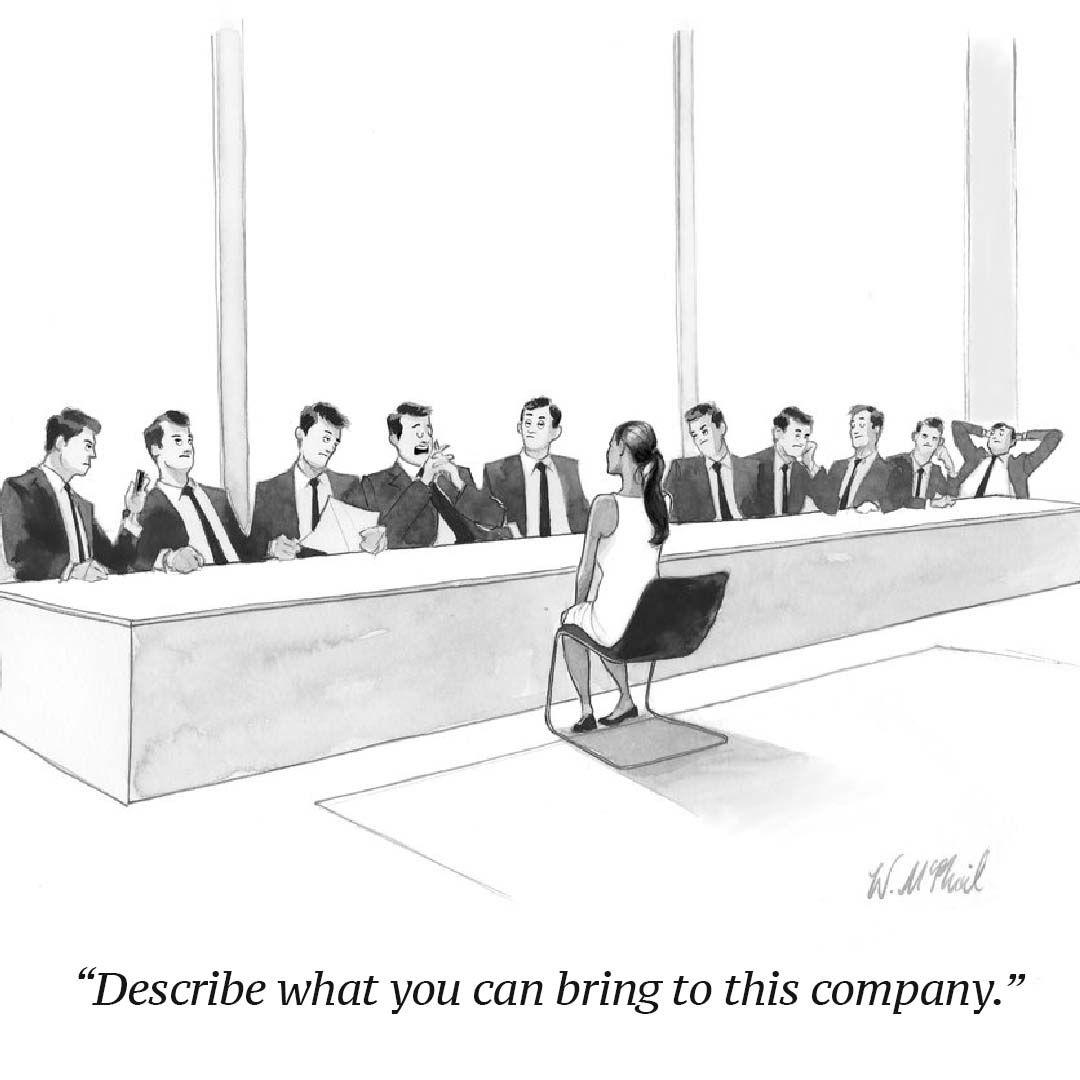
With everyone discussing diversity, you would be surprised to know how many actually know what they are talking about. So, what is diversity? It is a measure of difference. But based on Professor Scott E. Page’s works, there are three types of diversity:
⦁ Differences within a type (“variation”) ; ⦁ differences between types (“variety”) ; and ⦁ “composition”, meaning how those differences work together and interact.
“Neurodiversity” is the recognition of cognitive differences within the human race. Indeed, our DNA and its variations are highly complex. Combined with differences in backgrounds, upbringing, education, languages, customs and experience, mental models, personal or collective values, representations, and we can get to know that each of us has unique thinking and contextual patterns.
Scott E. Page’s works have proven that, when facing a complex problem, a combination of different perspectives (i.e. ways of representing situations and problems) or heuristics (i.e. ways of generating solutions to problems) always ends up with a better solution than a single individual or a group with similar thinking patterns. That is no surprise, is it ?
The real surprise is that some people assume that, because we have different social attributes (citizenships, religious beliefs, skin color, handicap, social class, age, gender, ethnicity, sexual orientation…), we have necessarily diverse cognitive patterns. In other words, many seem to believe that identity diversity leads to cognitive diversity. It is a fact that our identities influence what we value and how we experience life, but there is currently no scientific evidence of direct links between social attributes and cognitive patterns.
I am grateful there is no such evidence. Reasoning in categories that require consensual validation and stereotypes (“women needs this”, “black people want that”, “gay employees think this”…) does not go far when you aim for an inclusive society. Fitting people into crude, artificial time-bound, stereotyped categories does not help the inclusion process, which is accepting the other as a whole, undivided entity. Don’t get me wrong : categories are key to scientific research, but they would be detrimental in the workplace, where they might foster or maintain prejudice of false beliefs.
Every single human being needs belonging. Based on Theory Y, we know that everyone wants to be valued and have a change to make a difference. Everyone wants to make progress and move forwards. Thinking in terms of contributions and needs, and aiming for an individual balance in both is way healthier. It allows for the setting of an inclusive system where mutual respect is the common factor. There lies the seed for well-being at work.


